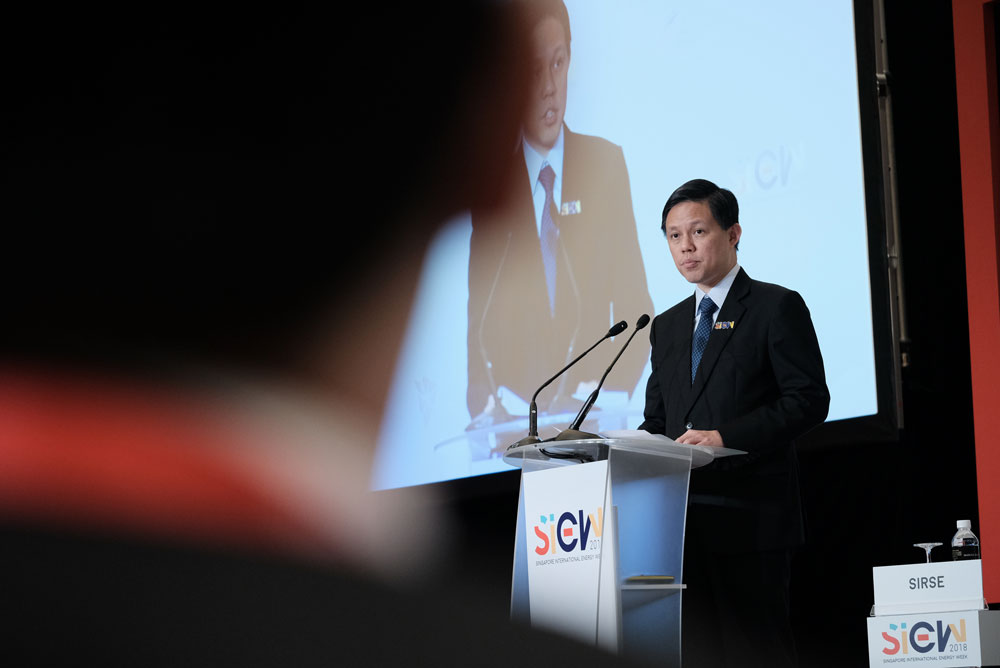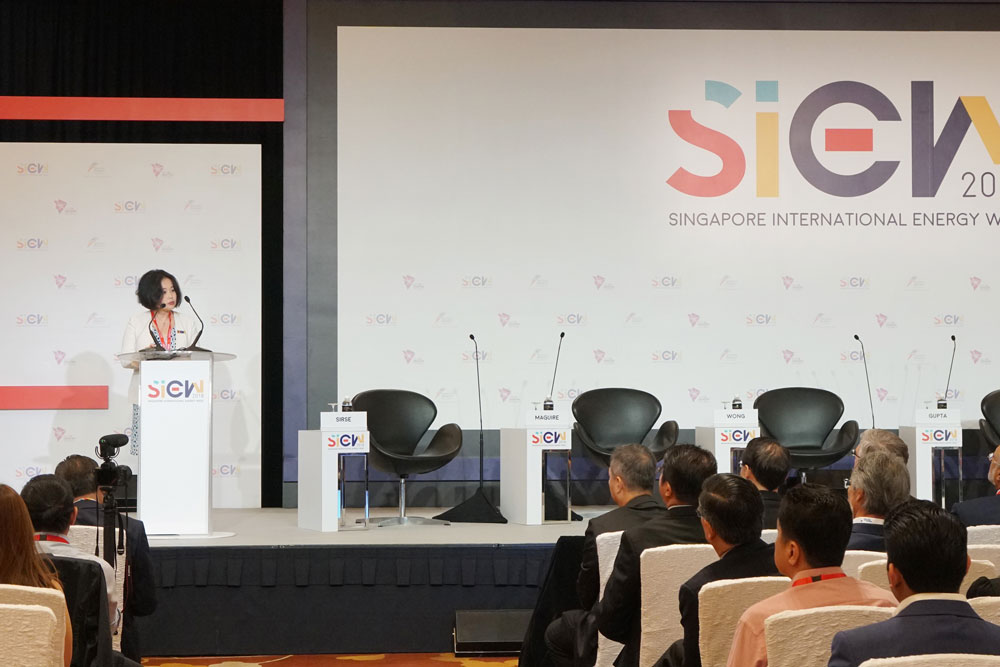Digitalisation in the energy sector presents both opportunities and challenges to businesses and policy makers. By Chin Yin Chee

The future of energy systems will be driven by digital technology that can enhance generation efficiency, better manage demand, and enable a smarter and more resilient energy grid. In Singapore, for instance, the government is studying the merits of a nationwide roll-out of advanced meters to allow consumers to monitor and understand their energy usage patterns, and encourage behavioral change to reduce energy consumption.
“Digitalisation is the key to new architectures of interconnected energy systems,” said Singapore’s Minister of Trade and Industry, Mr Chan Chun Sing, at the opening of the Singapore-International Energy Agency (IEA) Forum.

Within ASEAN, optimising the production of energy from distributed or intermittent renewable energy sources through digitalisation will become increasingly pertinent as the region’s energy demand grows.
On its part, Singapore will continue to invest in research and development to digitalise its power system. This includes developing capabilities to perform predictive maintenance and real-time monitoring of the electricity and gas network, and leveraging data analytics to improve the performance of power plants.
Minister Chan underscored Singapore’s commitment to becoming a choice destination for collaboration and test-bedding of new energy solutions. He also emphasised the importance of international partnerships to share best practices and enhance capabilities. Notably, Singapore and the IEA co-hosted the inaugural ASEAN-IEA Digitalisation and Energy Workshop in June 2018, which welcomed some 100 participants from the region’s energy ministries, government agencies, state-owned utilities, and businesses.

Ms Aya Yoshida, Head of Asia Pacific and Partnership Division of the IEA, then highlighted the potential benefits and challenges of increasing digitalisation in the energy sector. She noted that digital solutions – such as demand response and smart charging of electric vehicles – could provide grid flexibility and yield savings in electricity infrastructure investments. Digitalisation could also help to enable the integration of higher levels of distributed and intermittent generation sources into the grid, and allow peer-to-peer energy trading.
However, she warned that industry players and policymakers need to be aware of the challenges that come with digitalisation; such as the threat of cyberattacks and potential privacy concerns.
“As the costs of digitalisation decreases, cyberattacks are becoming cheaper and easier. Full prevention is impossible but the impact can be limited,” said Ms Yoshida.
To mitigate such risks, she advised organisations and policy makers to design “digital resilience” in technologies and systems, through measures such as building flexibility into policies to accommodate new technology, learning by conducting small-scale projects, and monitoring the impact of digitalisation on overall energy demand.
-ENDS-